SPOTLIGHT
Disproportionate number of children in South Africa have severe asthma, experts say
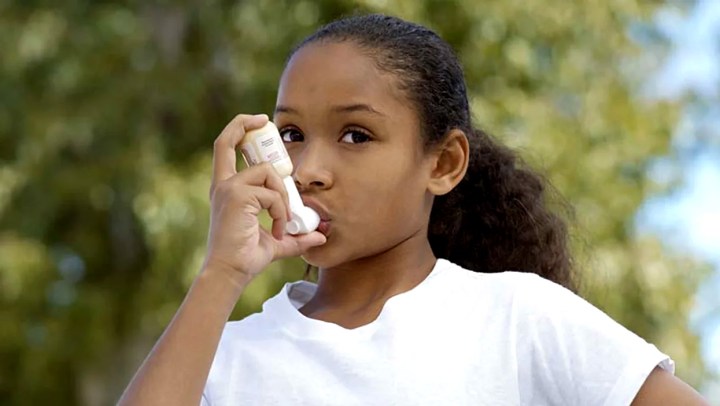
In South Africa we see a disproportionate number of children with severe asthma and as the prevalence of asthma has risen over the years, so has the severity. Data now suggests that although prevalence is still high in children, it may be stabilising. However, problems with asthma control, under-diagnosis and incorrect use of medicine remain. Elri Voigt investigates.
Despite being one of the most common non-communicable diseases globally, for which there are highly effective treatments, asthma is often not well controlled in many low-resource settings, according to a cross-sectional study recently published in the Lancet medical journal.
Closer to home, the 2022 Global Asthma Report showed an increase in severe asthma symptoms among adolescents in Cape Town over the past few years. There is little data available for the rest of the country, which makes comparisons with other South African cities tricky.
‘Disproportionate number of children have severe asthma’
Dr Ahmed Ismail Manjra, a paediatrician and allergologist at the Allergy and Asthma Centre in Durban, tells Spotlight that globally more children than adults have asthma. The centre is in the Life Westville Hospital and provides specialist services to adults and children with asthma or allergic disorders.
“Asthma is quite common in children. It is estimated [globally] that one in 10 have asthma, and in adults the prevalence is less,” he says. “But the problem is that in South Africa we see a disproportionate number of children with severe asthma. And what has been shown is that over the years the prevalence of asthma is rising, and the severity is rising.” (For more on what asthma is and how it is treated in South Africa’s public sector, see this Spotlight article from December 2022.)
Impact of undiagnosed, uncontrolled asthma
The impact of undiagnosed or uncontrolled asthma on children is huge. First, according to Professor Refiloe Masekela, a paediatric pulmonologist and head of Department of Paediatrics and Child Health at the University of KwaZulu-Natal, the symptoms are very noticeable, which can affect children socially.
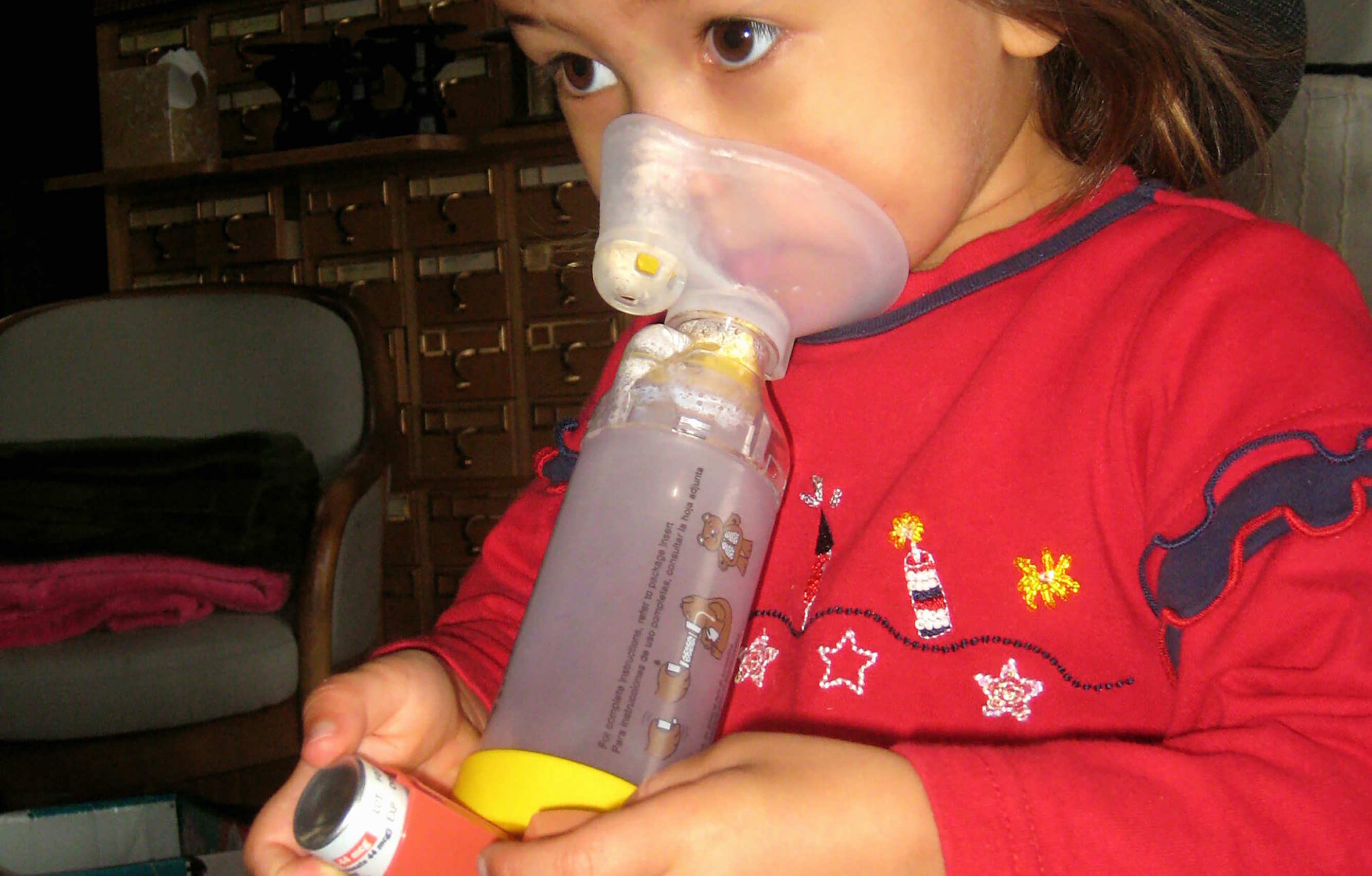
People living with asthma need a reliever inhaler, which brings relief and opens up the chest during an asthma attack, as well as a control medication which is used every day to reduce inflammation in the long run. (Photo: Jason / Flickr / Spotlight)
Second, a child with undiagnosed asthma will miss school because of their symptoms and be unable to participate in school activities such as sport. They will also become less active because exercise may trigger symptoms, which have further effects on their health.
Another implication of uncontrolled asthma, according to Manjra, is poor sleep quality, which can affect academic performance.
“And in severe asthma without proper treatment, it can lead to recurrent admissions to hospital. This places a burden on the healthcare system, which can be easily prevented by proper management of asthma. And of course, in a small percentage of cases where the asthma is not well controlled, it can also lead to fatality,” he says.
Manjra urges parents to take their children to be checked for asthma if they have recurrent respiratory symptoms.
“The asthma treatment is extremely effective, very safe as well, [and] they have very few side-effects. Parents should not be afraid to use asthma treatments to control their children’s asthma. Although we don’t have a cure for asthma, we do have medicines that can control it and give better quality of life.”
Asthma trends in children – what the data says
Masekela explains that the data published in the Global Asthma Report is published by the Global Asthma Network (GAN), which consists of a network of centres across the world – including three in South Africa – that contribute data on asthma in their regions every few years.
This data collection effort started with the ISAAC 1 and ISAAC 3 studies (International Studies of Asthma and Allergens in Children). The GAN centre in Cape Town contributed data to ISAAC 1 in 1995 and for ISAAC 3 data was collected in Cape Town in 2002 and Polokwane in 2004-5 where adolescents were also included.
According to Masekela, the latest study collecting data on asthma was the Global Asthma Network (GAN) Phase I study, to which the Cape Town centre contributed. The data from the ISAAC 1 and ISAAC 3 as well as the GAN is available in South Africa only for Cape Town.
This means that it is possible to compare trends in childhood asthma in Cape Town over a longer period, and data from ISAAC 3 can be used to compare Polokwane and Cape Town. But there isn’t current data collected by the GAN to give a clear picture of childhood asthma in the other cities and provinces.
In the 2022 Global Asthma report, changes among the prevalence of asthma symptoms – measured as a 12-month prevalence rate of wheezing among adolescents aged 13 to 14 – showed that in ISAAC 1, 16% of the about 5,000 adolescents surveyed in Cape Town had symptoms, which increased to 20.3% of just more than 5,000 surveyed in ISAAC 3 and finally 21.7% of the just under 4,000 adolescents surveyed for the 2022 study.
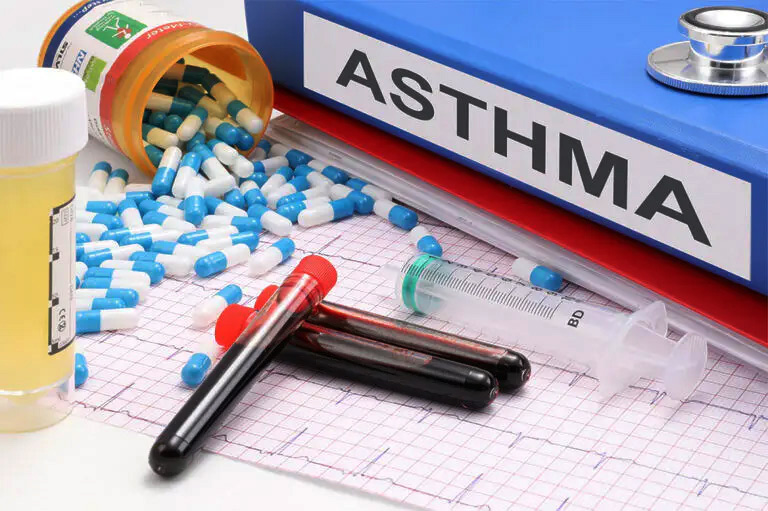
Asthma can be easily controlled through the correct use of medications, yet in many low- and middle-income countries like South Africa, many still die due to a lack of effective management of the disease. (Image: Nick Youngson CC BY-SA 3.0 Pix4free)
Masekela says that in Cape Town if we look at the period between ISAAC 1 and 3, there was an increase in the prevalence [of asthma in children], but from the ISAAC 3 to GAN Phase 1, there has been a stabilisation in the asthma prevalence [among children]. “So, it’s very high, it’s over 20%, but it’s stable so it hasn’t been increasing, which it was doing before.”
When comparing data from Polokwane and Cape Town in ISAAC 3, at the time of the study, more children and adolescents in Cape Town had severe asthma than in Polokwane. The prevalence of asthma in children and adolescents was also higher in Cape Town.
Situation is ‘interesting and worrying’
Masekela explains that in many low- and middle-income countries, those living with asthma don’t have access to the right asthma medications – inhalers. Also, when they do have access they are only able to get the reliever inhaler, not the controller inhaler.
People living with asthma need a reliever inhaler, which brings relief and opens up the chest during an asthma attack, as well as a control medication which is used every day to reduce inflammation in the long run. Both are needed to control asthma adequately, and must be used correctly.
In South Africa, both types are on the Essential Medicines List, but, says Masekela, “the story of South Africa is interesting and worrying”.
We have on our Essential Medicines List inhalers [both relievers and controllers]. It should be available. It’s on the list for the primary care level. So any person who has asthma in South Africa should have access to that first step of treatments.”
Yet the data from South Africa suggests there is a problem. When looking at the symptoms of asthma among schoolchildren from the GAN Phase 1 study, Masekela says it is worrying because they found that many children in South Africa with asthma symptoms don’t have an asthma diagnosis and most of those who do have one only have the reliever inhaler, and very few are using both the reliever and the controller inhaler.
“We know that asthma is under-diagnosed and actually the data from Cape Town, as well as Durban, is very similar. You see that 50% of adolescents have severe symptoms, half of them have never got the label – they’ve never been diagnosed as having asthma,” she says.
Under-diagnosed
A possible reason for the under-diagnosis, according to Masekela, is that when a child presents to a clinic with wheezing, they are treated for something else that might be causing the symptoms and sent home. Then when the child goes back a few weeks or months later with the same symptoms, they are seen by a different doctor or nurse and there isn’t continuity, so the fact that the symptoms are recurrent isn’t picked up.
Manjra tells Spotlight that asthma in children can be difficult to diagnose because its symptoms – wheezing, shortness of breath, tight chest and coughing – can be caused by a number of other diseases. Wheezing in particular can be caused by a number of conditions that affect children.
“The most common being viral upper respiratory tract infection, particularly with RSV [respiratory syncytial virus] and rhinovirus. And sometimes in young children, it can be extremely difficult to make a correct diagnosis of asthma because there’s overlap between viral-induced wheezing and asthma,” he says.
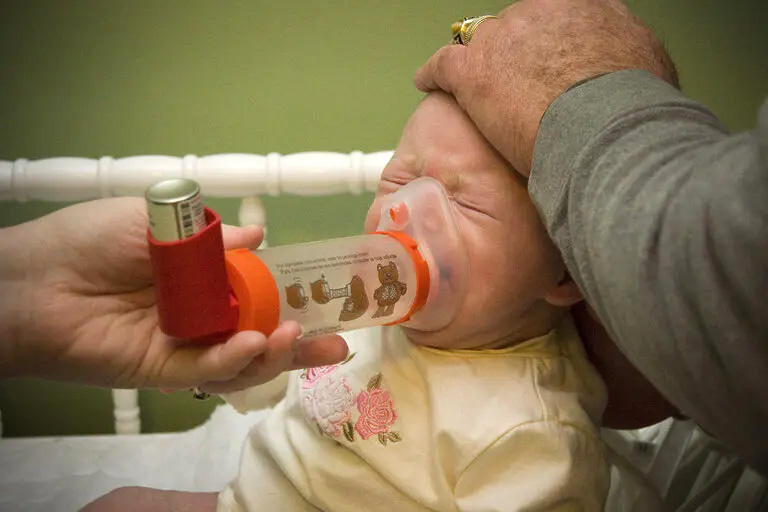
Asthma in children can be difficult to diagnose because its symptoms – wheezing, shortness of breath, tight chest and coughing – can be caused by a number of other diseases. (Photo: Lance McCord / Flickr / Spotlight)
“However, if the child has an underlying – what we call atopic predisposition – that means if the child has eczema or has allergic rhinitis or food allergy or has [an] inhalant allergy, then the possibility of that child having asthma is very high,” he says.
Other childhood conditions that can cause wheezing in children are TB and inhaling foreign bodies into the lungs.
“So, the diagnosis of asthma in young children is basically made by an exclusion of other causes of wheezing,” he says. “Asthma diagnosis is made over a period because, as I’ve mentioned, it’s recurrent wheezing.”
Another problem, according to Masekela, is that those people who do receive a diagnosis of asthma are often not getting the right treatment.
“People who have a label at least should have access to the treatments, but we do see that even in those that have the diagnosis, a lot of them are not using their medicine because they’re getting repeated attacks, they have severe symptoms. So, something is not right. Either they are not getting the label, we know that’s happening, or they’re not getting the right treatment.”
This is a bi-directional problem, Masekela says, in that either healthcare workers are not adequately teaching patients how to use both inhalers or patients are relying on the reliever medications despite being taught how to use both.
Manjra says that while inhalers are on the EML, this doesn’t necessarily translate to healthcare facilities having stock. Meaning that there can be stock-out of the medication, but also of the spacers that children need to use with the inhalers.
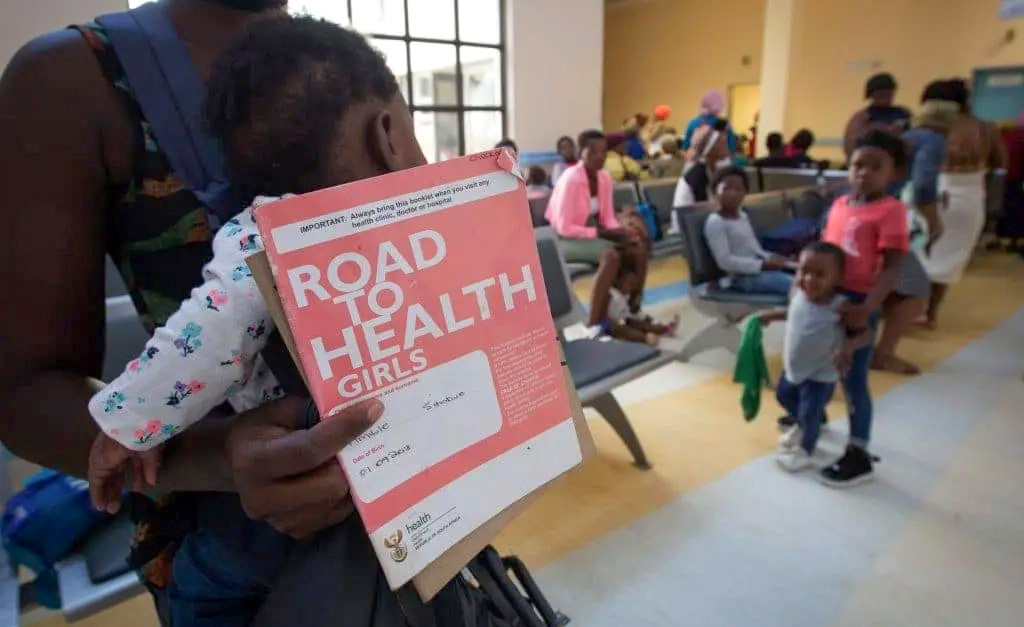
Parents should take their children to be checked for asthma if they have recurrent respiratory symptoms. (Photo: Halden Krog / Spotlight)
According to Manjra, children are unable to use inhalers properly with spacers, because the inhaler releases the plume of medication too quickly for the child to be able to breathe it into their lungs. The spacer allows the medication to go into a holding chamber where the child is able to breathe the medication into their lungs in a controlled way, through a special valve.
Better education needed
The solution to the problems of the underdiagnosis of asthma and incorrect inhaler use is better education on all fronts, says Masekela. There needs to be better training among healthcare workers on how to recognise asthma, how to manage it and how to teach patients how to manage it properly.
“We know that there is a system problem about them [children] getting the correct medication, using the correct medication and that all boils down to education of the patient, education of the health workers. And really, overall education in the community about how to handle asthma,” she says.
She adds that patients and the wider community also need to be educated on what asthma is and how to manage it properly and destigmatise it. A good starting place is in schools so that children who are living with asthma and their peers are able to better understand the condition and be more accepting of the use of inhalers.
“It’s important that we then find strategies to get people to understand the need for using these medicines, even when they’re feeling well,” she says.
This article was published by Spotlight – health journalism in the public interest.





















 Become an Insider
Become an Insider
Comments - Please login in order to comment.